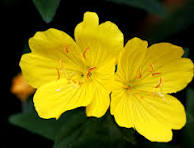
Primroses
Primroses, with their vibrant colors and early blooming season, are a delightful addition to any garden. These perennial plants bring a burst of life and color to your outdoor space, especially after long, dreary winters. This comprehensive guide will take you through every aspect of growing and caring for primroses, ensuring your garden is a showcase of these charming blooms.
Understanding Primroses
History and Origin
Primroses, known scientifically as ‘Primula’, have a rich history that dates back centuries. Native to temperate climates, these plants have been cultivated and adored for their colorful blooms and ease of care. more
Varieties of Primroses
There are over 400 species of primroses, offering a wide range of colors, shapes, and sizes. From the classic Primula vulgaris to the exotic Primula vialii, each variety brings its unique charm. more
Key Characteristics
Primroses are known for their rosette of leaves and vibrant, often fragrant flowers. They typically bloom in early spring and can thrive in both sunny and partially shaded areas. more
Planting Primroses
Best Time to Plant
The ideal time to plant primroses is in the fall or early spring. This timing allows the roots to establish themselves before the extreme temperatures of summer or winter. more
Choosing the Right Location
Primroses prefer well-drained soil and partial shade. An area that receives morning sun but is shaded in the afternoon is ideal. more
Soil Preparation and Requirements
These flowers thrive in humus-rich, moist, but well-drained soil. Ensuring proper drainage is crucial to prevent root rot.
Caring for Your Primroses
Watering Needs
Primroses need regular watering, especially during dry periods. However, it’s important to avoid overwatering, as this can lead to root diseases.
Sunlight and Temperature Requirements
While they prefer cooler temperatures and partial shade, most primrose varieties can tolerate direct sunlight in cooler climates.
Fertilization and Feeding
A balanced, slow-release fertilizer applied in early spring can encourage lush growth and vibrant blooms.
Common Challenges and Solutions
Pests and Diseases
Primroses can be susceptible to slugs, snails, and fungal diseases. Regular inspection and organic pest control methods can help keep these issues at bay.
Preventive Measures and Treatments
Proper spacing, adequate air circulation, and avoiding overhead watering can prevent many common diseases. Organic slug and snail baits can be used for pest control.
Overwintering Primroses
In colder climates, a layer of mulch can help protect the roots from freezing temperatures.
Propagating and Dividing Primroses
When and How to Propagate
The best time for propagation is after flowering, in late spring or early summer. Division is the most common method.
Techniques for Division
Gently divide the root ball, ensuring each section has roots and a few leaves. Replant immediately at the same soil depth.
Tips for Successful Propagation
Water the new plants well and keep them in a shaded area until they establish.
Designing with Primroses
Companion Plants for Primroses
Primroses pair beautifully with spring bulbs like tulips and daffodils, as well as ferns and hostas. These combinations create a layered, textured garden design.
Using Primroses in Garden Design
Their low-growing nature makes them perfect for borders, woodland gardens, and underplanting beneath deciduous trees. The variety of colors available allows for creative color schemes and patterns in the garden.
Container Gardening with Primroses
Primroses are excellent for container gardening, brightening up patios, balconies, and window boxes. Ensure containers have good drainage and are placed where they can receive the appropriate amount of light.
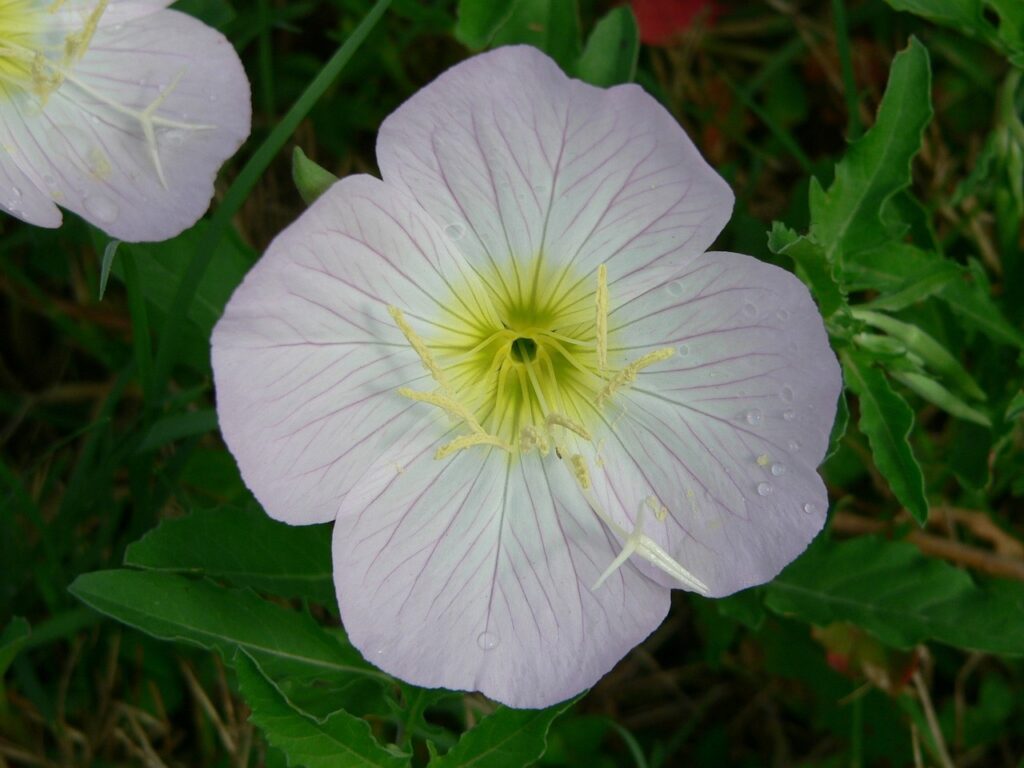
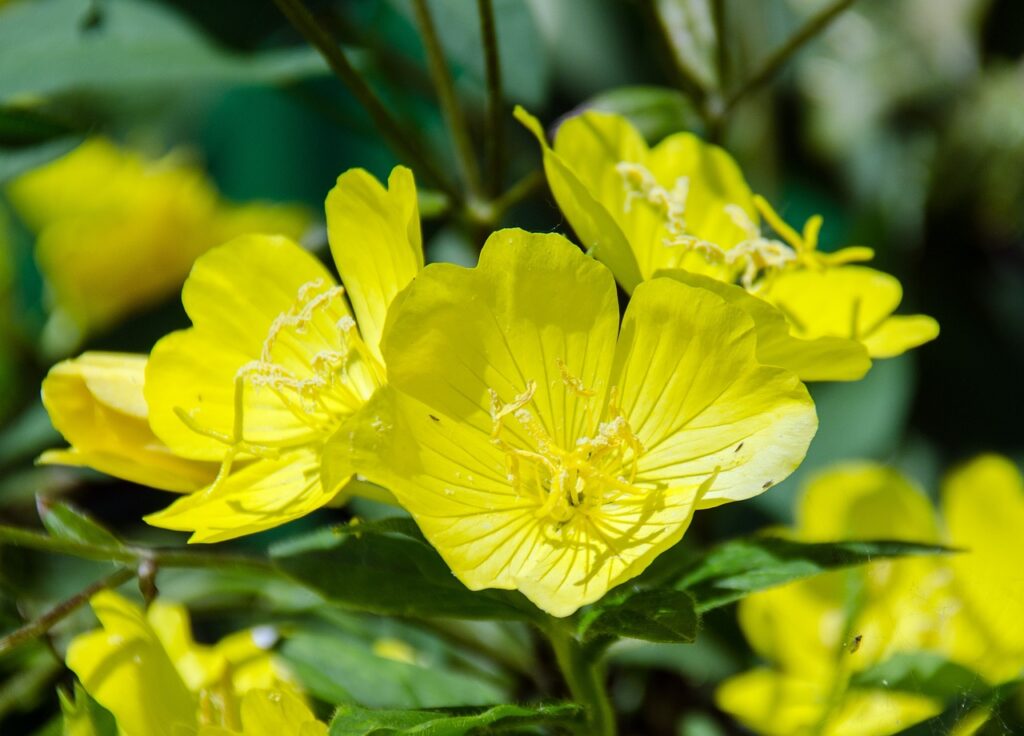
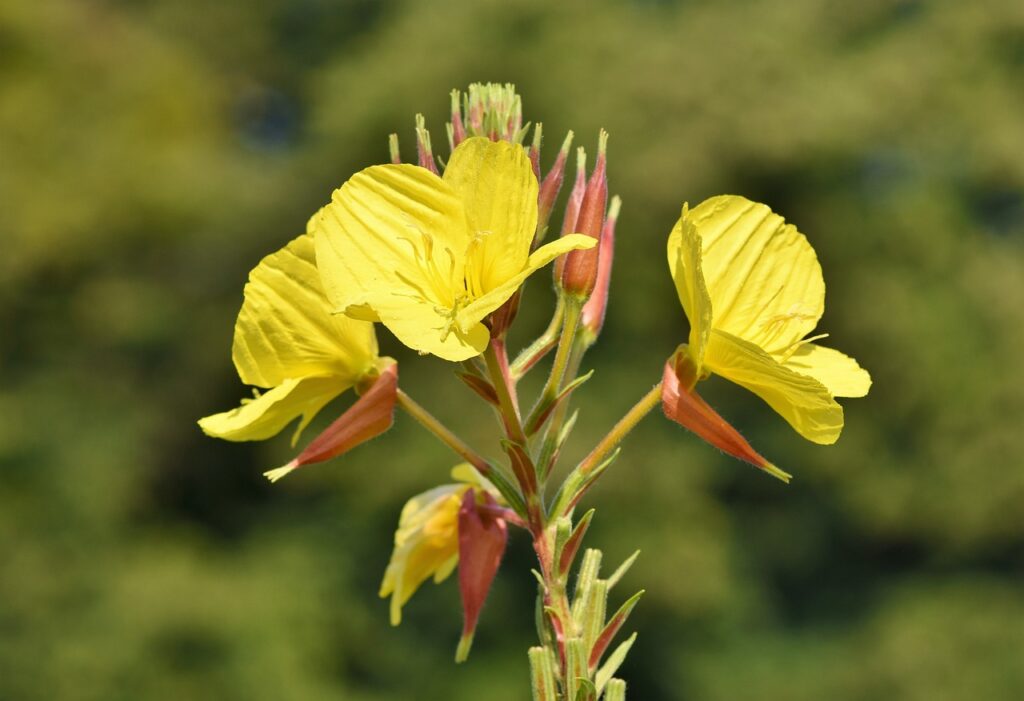
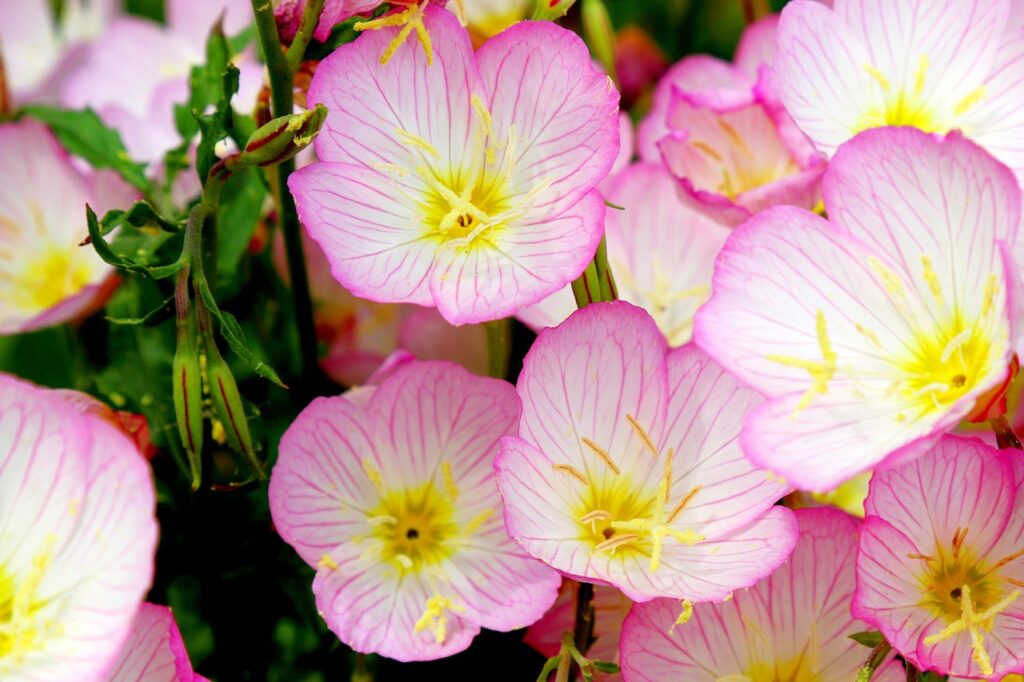


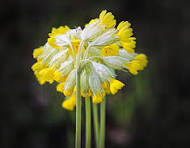


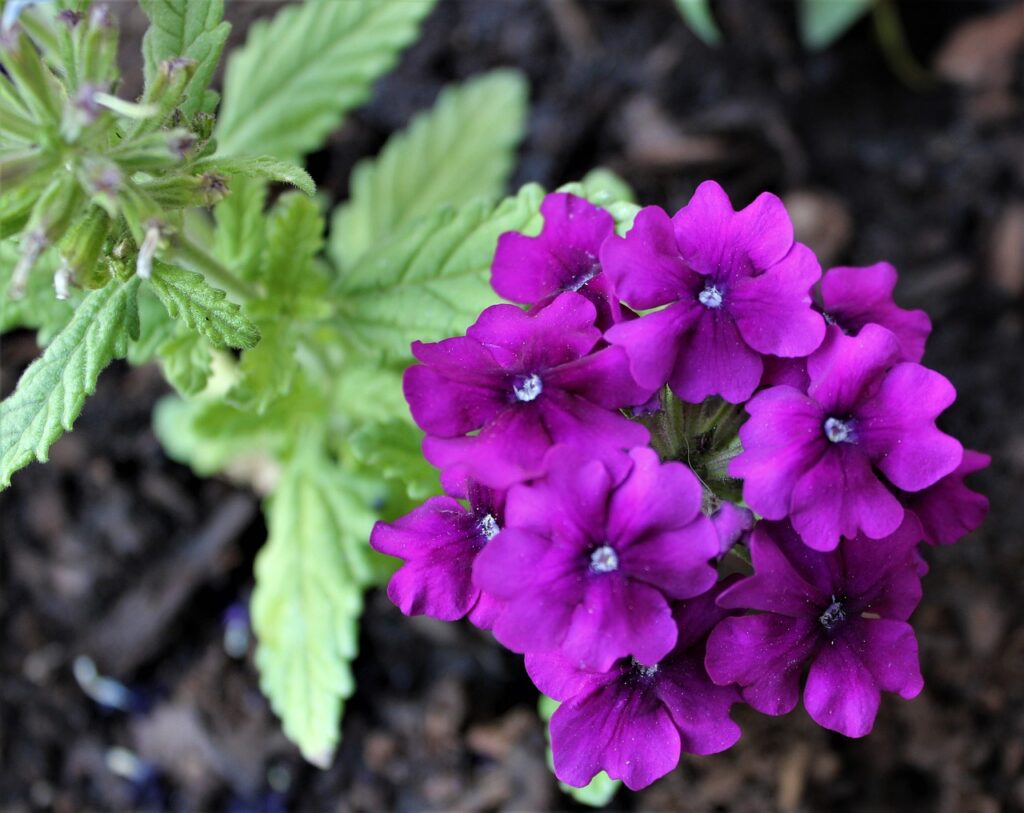
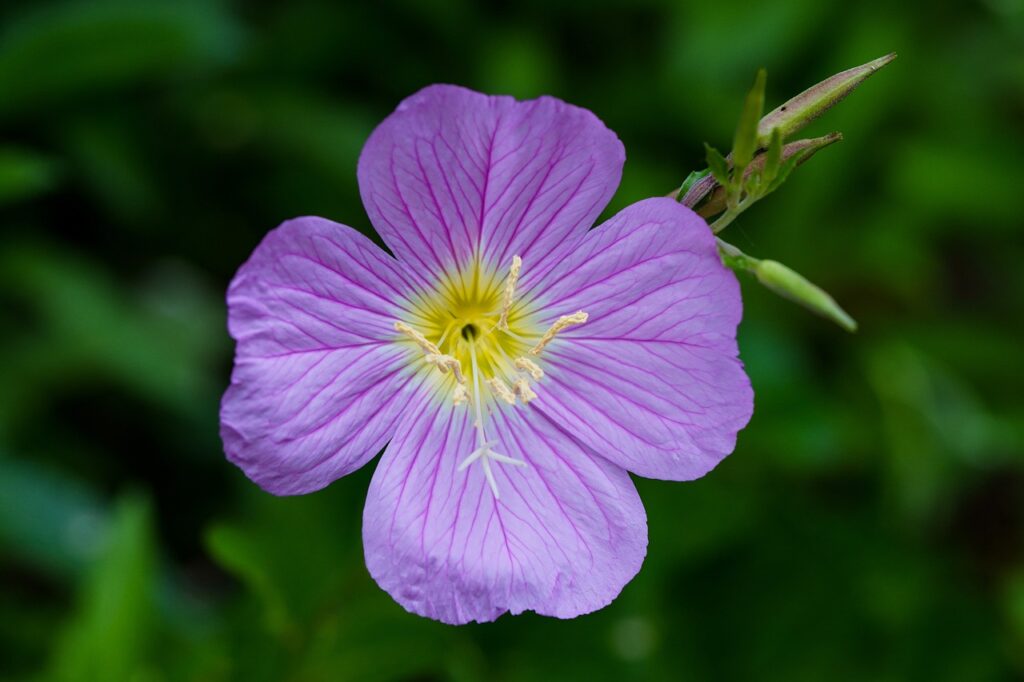
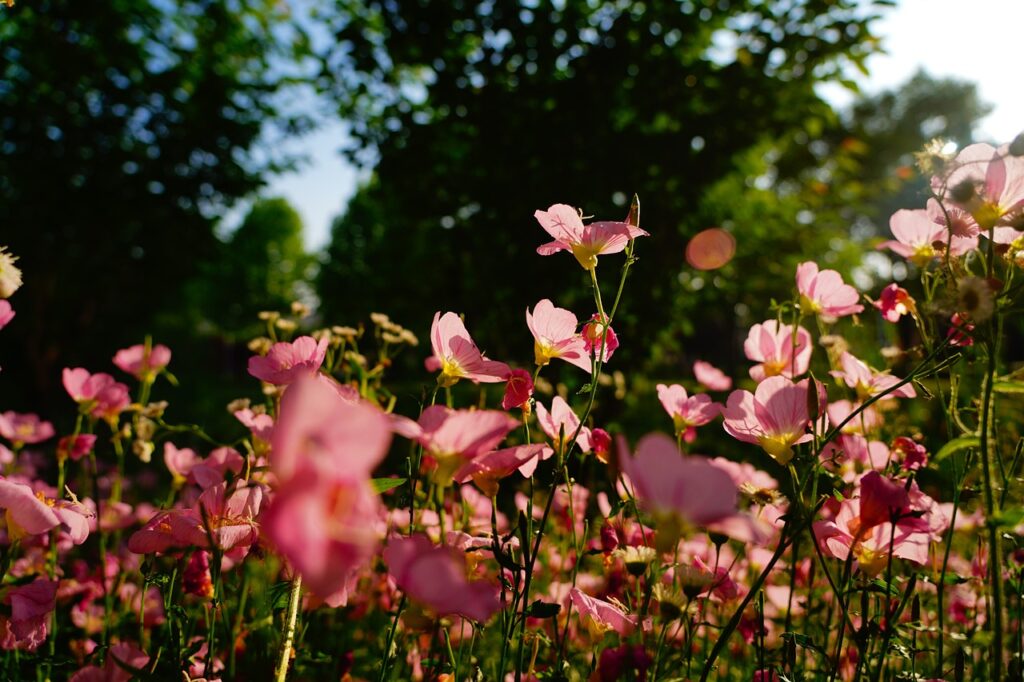
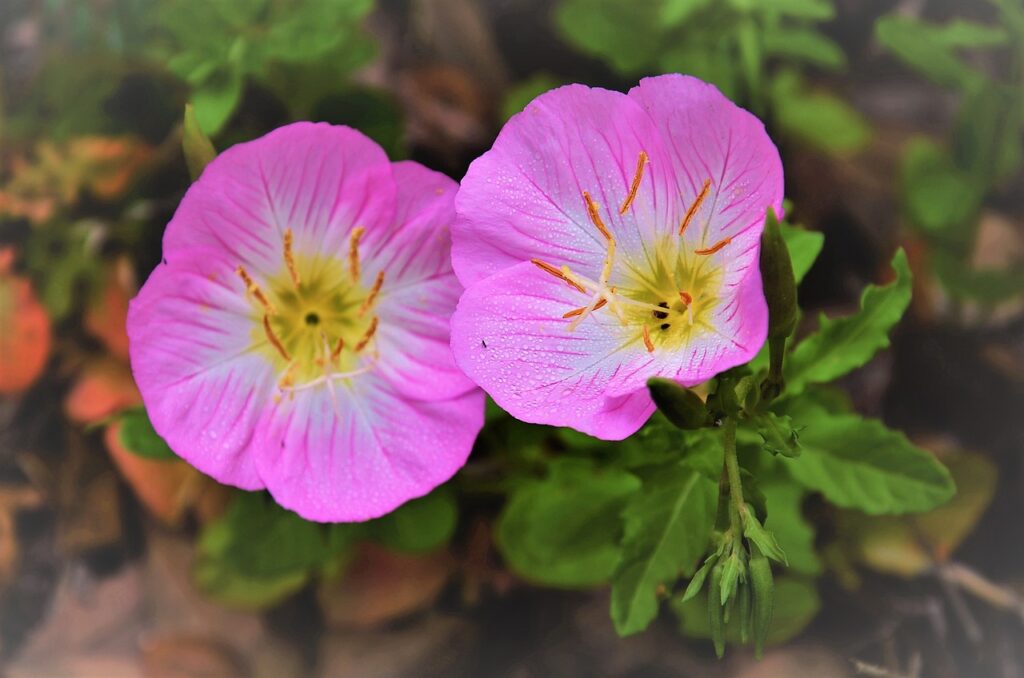
The Joy of Primroses in Your Garden
Seasonal Benefits
Primroses herald the arrival of spring with their bright blooms. They provide early-season nectar for pollinators like bees and butterflies, contributing to the health of your garden’s ecosystem.
Attracting Wildlife
The vibrant colors of primroses attract various pollinators, adding life and activity to your garden.
The Therapeutic Value of Gardening with Primroses
Gardening is a therapeutic activity, and growing primroses, with their low maintenance and high reward, can be particularly satisfying. Their beauty and ease of care make them a favorite among both novice and experienced gardeners.
Conclusion
Primroses are more than just pretty flowers; they are a symbol of the resilience and renewal of nature. By following this guide, you can successfully cultivate these charming blooms and enjoy the myriad of benefits they bring to your garden. Whether you are a seasoned gardener or a beginner, primroses are a delightful addition to any outdoor space, ensuring a burst of color and life that heralds the arrival of spring.
Sidebar/Additional Resources
- Zone-specific planting guides for primroses.
- Recommended primrose varieties for different climates and garden designs.
- Links to gardening forums and communities for further advice and inspiration.
Incorporating primroses into your garden not only enhances its aesthetic appeal but also contributes to the local ecosystem. With their wide range of varieties and relatively easy care, primroses are a fantastic choice for gardeners looking to add a splash of color and charm to their outdoor spaces.









